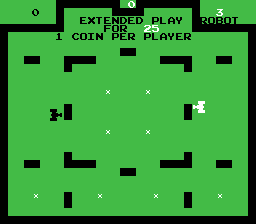 The Game: Two players each control a fearsome armored fighting vehicle on a field of battle littered with obstacles. The two tanks pursue each other around the screen, trying to line up the perfect shot without also presenting a perfect target if they miss. In accordance with the laws of ballistics and mass in the universe of Saturday morning cartoons, a tank hit by enemy fire is bounced around the screen, into nearby wall or mines, spinning at a very silly velocity, and battle begins anew. (Kee Games [Atari], 1974)
The Game: Two players each control a fearsome armored fighting vehicle on a field of battle littered with obstacles. The two tanks pursue each other around the screen, trying to line up the perfect shot without also presenting a perfect target if they miss. In accordance with the laws of ballistics and mass in the universe of Saturday morning cartoons, a tank hit by enemy fire is bounced around the screen, into nearby wall or mines, spinning at a very silly velocity, and battle begins anew. (Kee Games [Atari], 1974)
Memories: In the early 1970s, arcade distribution was a closely-guarded, exclusive thing. And to an ambitious guy like Atari founder Nolan Bushnell, this represented a problem. Atari wasn’t an old-school pinball outfit like D. Gottlieb & Co. or Bally, and was bucking the system just to land a deal with regional distributors across the country anyway. The distribution system – which allowed one distributor to represent Gottlieb games exclusively in his area, while a competitor would be the only game in town for Bally/Midway fare, for example – was created in the pinball era; many arcade operators would deal exclusively with a single distributor, and of course there were franchise arcades owned by companies like Bally, such as Aladdin’s Castle. It was entirely possible, and not uncommon, to see some manufacturers represented only at one or two arcades in a given area, and their rivals represented only at others. Which was fine with pinball manufacturers, but Bushnell wanted to place Atari’s video games everywhere. [read more]

 The Game: Avoid missing ball for high score.
The Game: Avoid missing ball for high score.

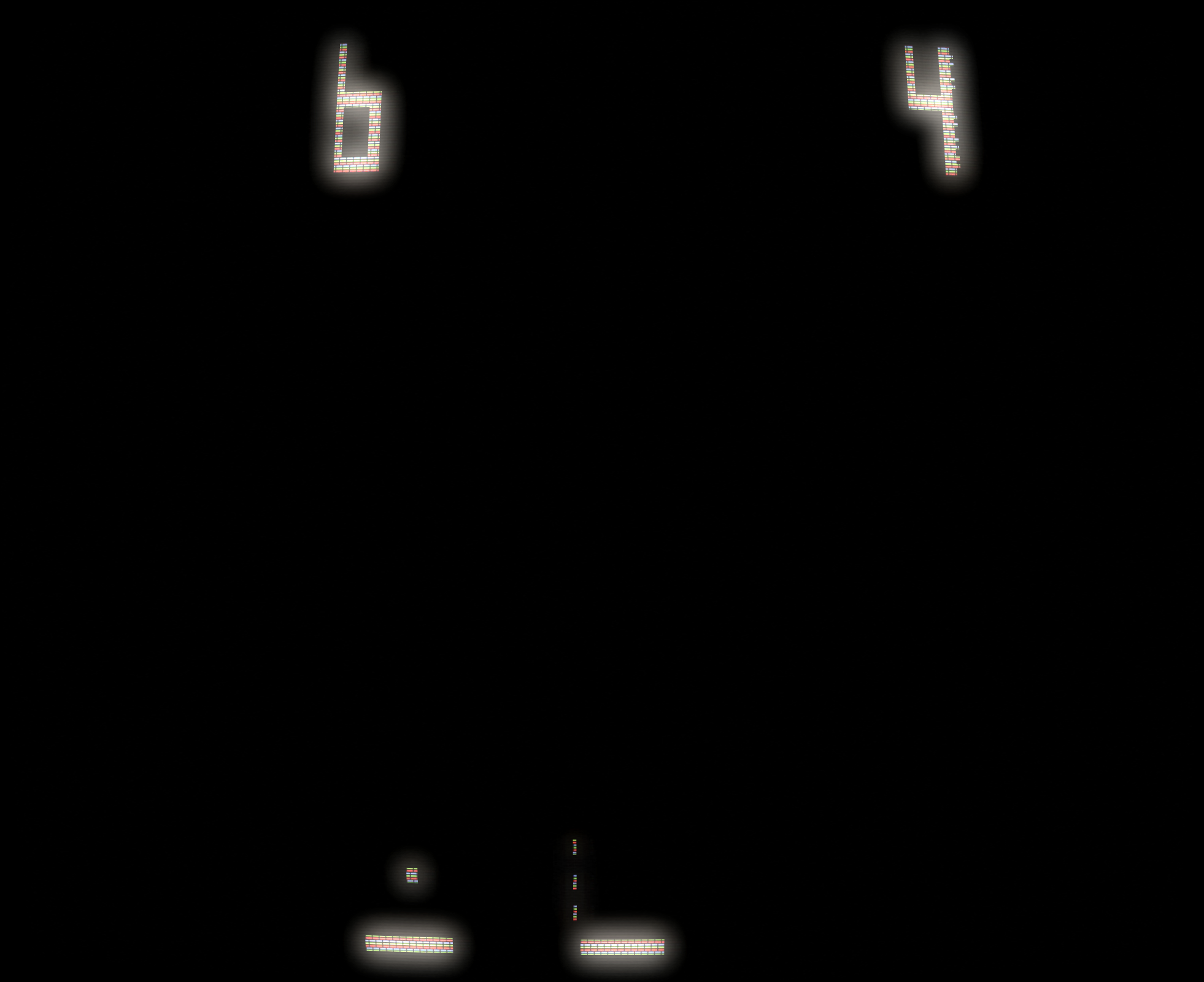
 The Game: Live in glorious black & white, it’s the first-ever game of video volleyball! Two players square off – well, okay, rectangle off – against each other as horizontal Pong paddles situated on either side of a dotted-line “net.” The ball drops out of mid-air toward one player or the other, who must move into place to (hopefully) bounce the ball into the right direction. It may take a couple of tries to get the ball over the net, but don’t let it take three bounces or you forfeit a turn (and a point). (Atari, 1973)
The Game: Live in glorious black & white, it’s the first-ever game of video volleyball! Two players square off – well, okay, rectangle off – against each other as horizontal Pong paddles situated on either side of a dotted-line “net.” The ball drops out of mid-air toward one player or the other, who must move into place to (hopefully) bounce the ball into the right direction. It may take a couple of tries to get the ball over the net, but don’t let it take three bounces or you forfeit a turn (and a point). (Atari, 1973)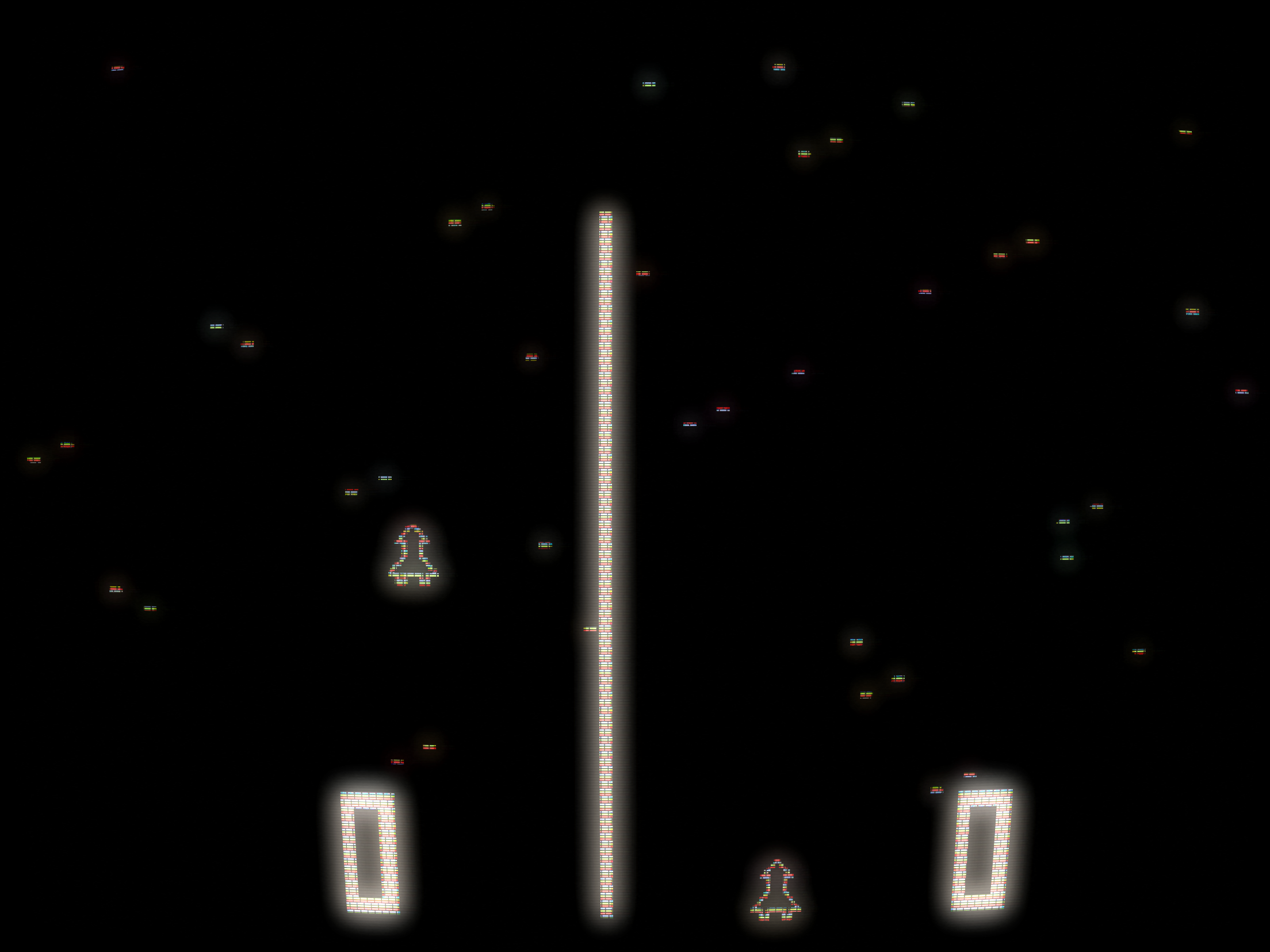
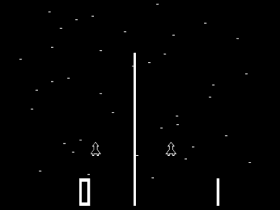 The Game: Two rockets stand ready to lift off for a race into space teeming with fast-moving asteroids and space debris. Collision with even the tiniest piece of space junk sends a player’s rocket back to the bottom of the screen, with a slight time penalty (possibly for repairs) before it can lift off again. A vertical line in the center of the screen serves not only to divide the screen into “lanes” for each rocket, but to count down the amount of time remaining in the game. Whoever has the highest score when time runs out is the winner of the space race. (Atari, 1973)
The Game: Two rockets stand ready to lift off for a race into space teeming with fast-moving asteroids and space debris. Collision with even the tiniest piece of space junk sends a player’s rocket back to the bottom of the screen, with a slight time penalty (possibly for repairs) before it can lift off again. A vertical line in the center of the screen serves not only to divide the screen into “lanes” for each rocket, but to count down the amount of time remaining in the game. Whoever has the highest score when time runs out is the winner of the space race. (Atari, 1973)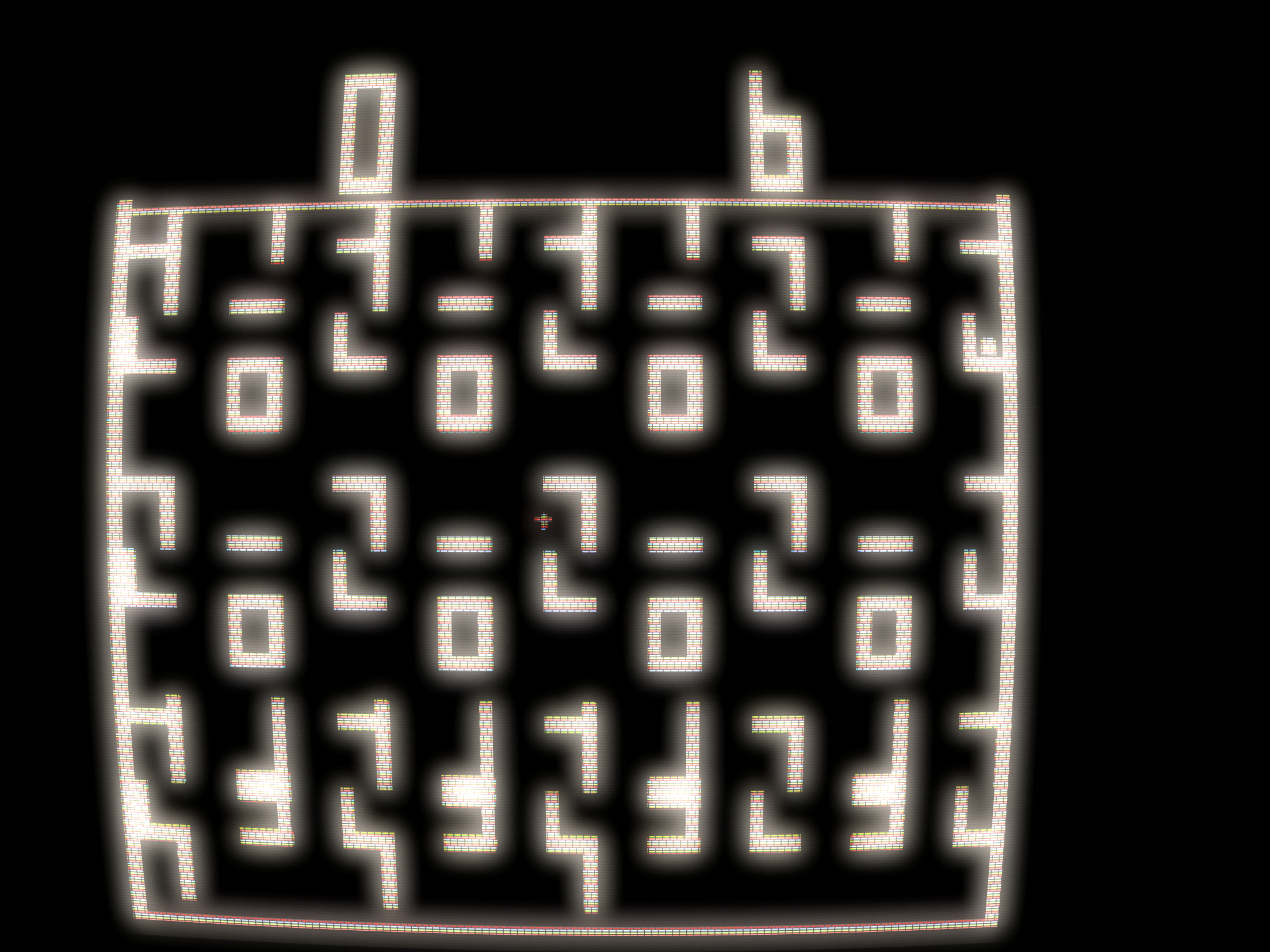
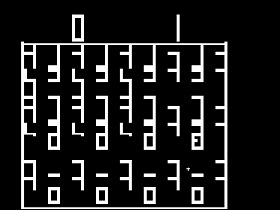 The Game: Two players – one represented by a roving square and the other by a plus sign – roam the ever-changing halls of a maze. The object of the game is for one player to catch the other before time runs out; however, the maze’s ability to constantly reconfigure itself isn’t going to make that easy. (Atari, 1974)
The Game: Two players – one represented by a roving square and the other by a plus sign – roam the ever-changing halls of a maze. The object of the game is for one player to catch the other before time runs out; however, the maze’s ability to constantly reconfigure itself isn’t going to make that easy. (Atari, 1974) The Game: Two players each control a fearsome armored fighting vehicle on a field of battle littered with obstacles. The two tanks pursue each other around the screen, trying to line up the perfect shot without also presenting a perfect target if they miss. In accordance with the laws of ballistics and mass in the universe of Saturday morning cartoons, a tank hit by enemy fire is bounced around the screen, into nearby wall or mines, spinning at a very silly velocity, and battle begins anew. (Kee Games [Atari], 1974)
The Game: Two players each control a fearsome armored fighting vehicle on a field of battle littered with obstacles. The two tanks pursue each other around the screen, trying to line up the perfect shot without also presenting a perfect target if they miss. In accordance with the laws of ballistics and mass in the universe of Saturday morning cartoons, a tank hit by enemy fire is bounced around the screen, into nearby wall or mines, spinning at a very silly velocity, and battle begins anew. (Kee Games [Atari], 1974)
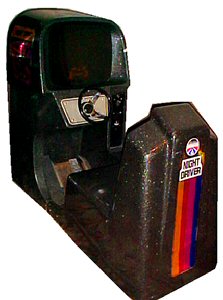 The Game: You’re racing the Formula One circuit by the glow of your headlights alone – avoid the markers along the side of the road and other passing obstacles…if you can see them in time. (Atari, 1976)
The Game: You’re racing the Formula One circuit by the glow of your headlights alone – avoid the markers along the side of the road and other passing obstacles…if you can see them in time. (Atari, 1976)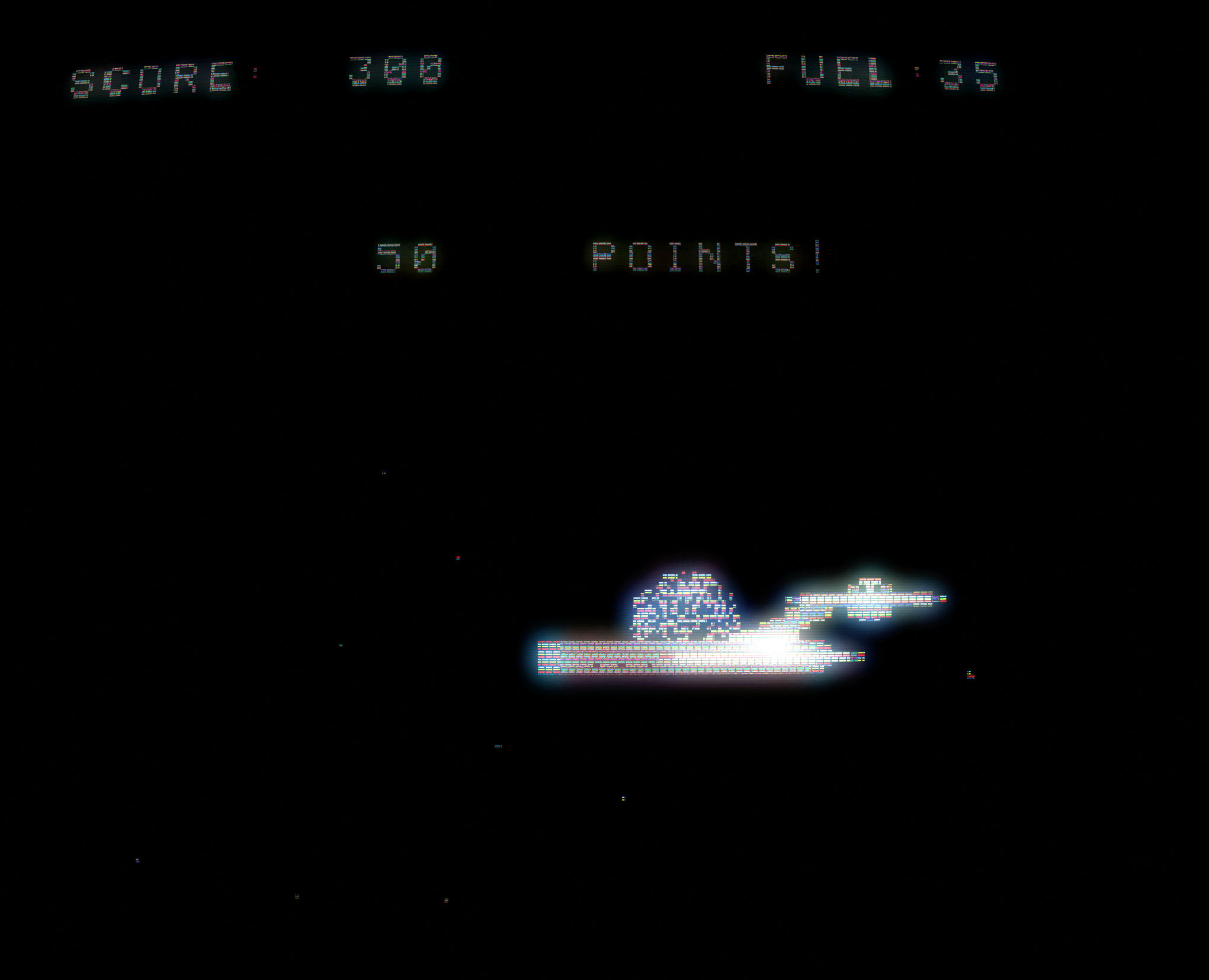
 The Game: Climb into the cockpit of Starship Atari for deep space combat duty. Your mission is simple: wipe out every alien ship you see, as quick as possible, while taking as little incoming fire as possible. Take too much damage, and your fighting days are over. (Atari, 1976)
The Game: Climb into the cockpit of Starship Atari for deep space combat duty. Your mission is simple: wipe out every alien ship you see, as quick as possible, while taking as little incoming fire as possible. Take too much damage, and your fighting days are over. (Atari, 1976) Back in the heady days of Nolan Bushnell-managed Atari, when the home versions of games like Pong and Stunt Cycle were making decent money, and the sky seemed to be the limit, and the 2600 was nothing more than a promising idea on the horizon, anything could’ve been the next big thing. And not even necessarily anything that was a video game. Despite all of the legendary stories of executive meetings in hot tubs, on-the-job marijuana use, and blue-jeans-as-businesswear, it may just be that nothing provides as much concrete evidence of the heady, psychedelic early days of Atari as one of their most obscure products: Atari Video Music. [read more]
Back in the heady days of Nolan Bushnell-managed Atari, when the home versions of games like Pong and Stunt Cycle were making decent money, and the sky seemed to be the limit, and the 2600 was nothing more than a promising idea on the horizon, anything could’ve been the next big thing. And not even necessarily anything that was a video game. Despite all of the legendary stories of executive meetings in hot tubs, on-the-job marijuana use, and blue-jeans-as-businesswear, it may just be that nothing provides as much concrete evidence of the heady, psychedelic early days of Atari as one of their most obscure products: Atari Video Music. [read more]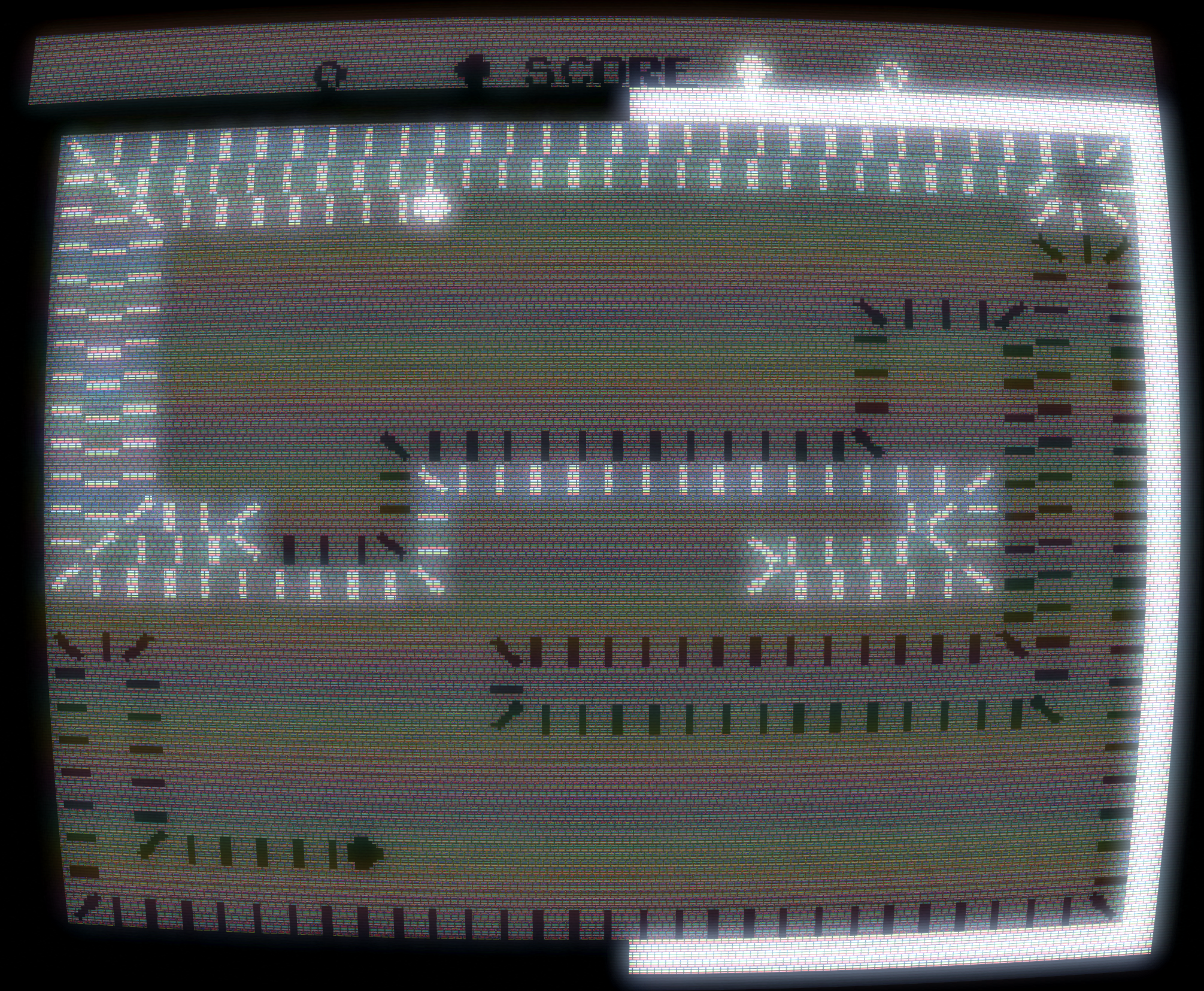
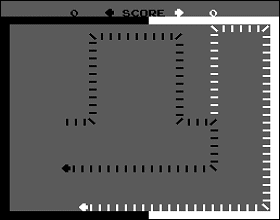 The Game: Up to two players control markers that leave a trail of dominos in their wake. The object of the game is to trap the other players by laying a wall of dominos around them that they can’t avoid crashing into – or forcing them to run into their own walls. Coming into contact with a line of dominos, either you own or someone else’s, collapses your own trail and ends your turn. The player still standing at the end of the round wins. (Atari, 1977)
The Game: Up to two players control markers that leave a trail of dominos in their wake. The object of the game is to trap the other players by laying a wall of dominos around them that they can’t avoid crashing into – or forcing them to run into their own walls. Coming into contact with a line of dominos, either you own or someone else’s, collapses your own trail and ends your turn. The player still standing at the end of the round wins. (Atari, 1977)